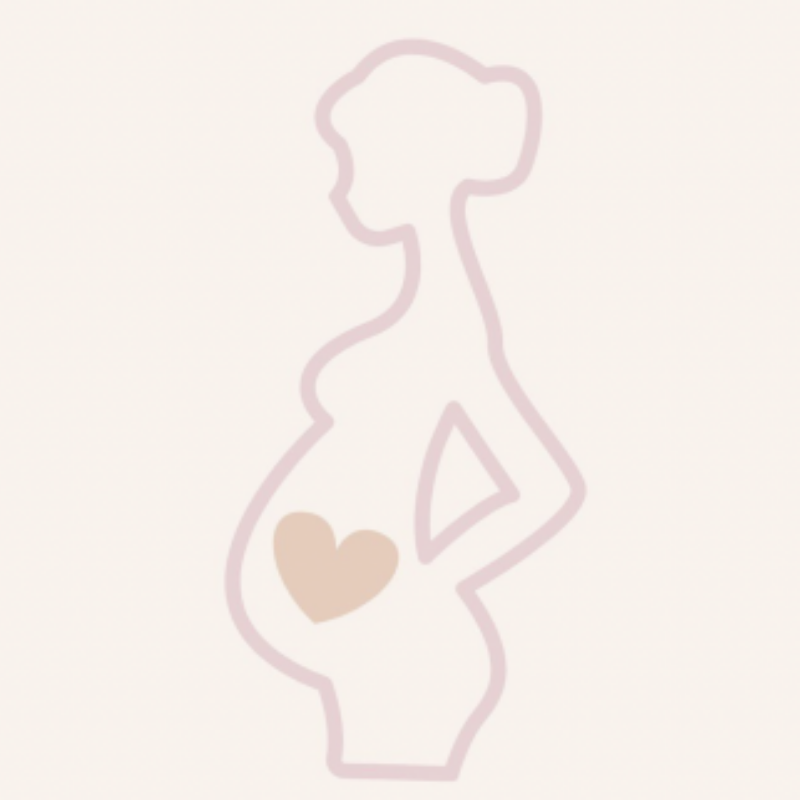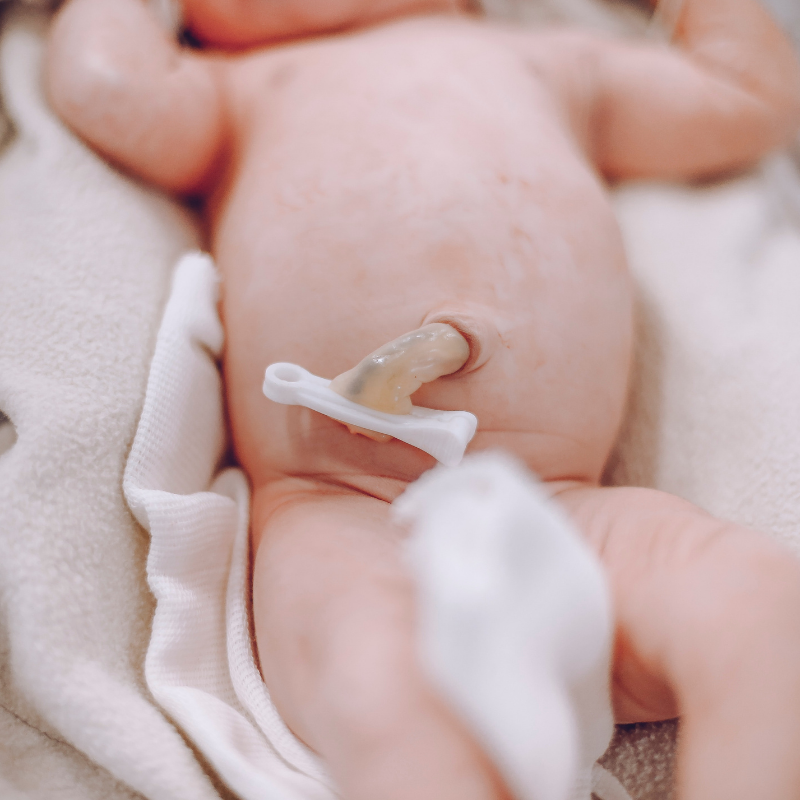Pelvic Girdle Pain during Pregnancy

Being pregnant can be wonderful and absolutely... very difficult. Whether you have been pregnant yourself or know someone who has, you have probably heard of what is called pelvic girdle pain (PGP). PGP is the common term for pelvic pain or symphysiolysis. What causes PGP and how can you reduce the pain? In this blog post, you will find concrete tips on what you can do and what to avoid to reduce pelvic pain during pregnancy. It is important to remember that hormonal pelvic pain is completely harmless for both the mother and the fetus, but it can still be very troublesome. Additionally, anyone can suffer from PGP. It does not matter if you are well-trained, untrained, pregnant for the first time, or pregnant for the third time!
What is PGP?
When you suffer from pelvic pain or PGP during pregnancy, it is because your body is preparing for childbirth. During pregnancy, the hormone Relaxin helps your body's joints become more flexible and ensures that the pelvis widens so that after nine months you can deliver a baby. When joints and cartilage soften and stretch, it can cause radiating pain in the back, buttocks, and thighs, and you may find it difficult to move properly. It is nothing dangerous and something that most pregnant women experience to varying degrees.
What does PGP feel like?
Problems with PGP and hormonal pelvic pain usually begin in the middle of pregnancy but can also occur both earlier and later. How it feels and the intensity of the pain varies from person to person, but common symptoms of PGP can be read below!
Common symptoms of PGP
- Aching, stabbing, or sharp pain in the lower back
- Pain that radiates down to the buttocks, hips, and pubic bone.
- Radiating pain into the groin and thighs.
- The hip can suddenly lock, making it difficult to walk.
- Difficulty lifting objects, standing up, or turning your body
What can you do to reduce pelvic pain during pregnancy?
Pelvic pain can be alleviated through small exercises you can do at home, but to be well-prepared, we recommend seeking help early to reduce the risk of severe pain. We have gathered our best tips on how to alleviate PGP and pelvic pain!
Tips on how to reduce pelvic pain with PGP
- Seek help early in pregnancy to prevent severe PGP. It is best if you can get help from a pelvic specialist or physiotherapist who can assist with acupuncture, customized exercises, TENS, and more.
- Distribute your weight on both feet when standing, trying to place it in the middle of the arch.
- Skip the heels and opt for comfortable, flat shoes.
- Sit down when putting on socks, shoes, and pants.
- Walk with short steps and maintain a relaxed pace.
- Try placing a heat pad for PGP where you are in pain. The heat can help relieve the pain.
- Keep your legs pressed closely together when standing up or sitting down. Use the armrests to support yourself so you do not strain more than necessary.
- Rest/sleep on your side and place a pillow between your knees and under your entire lower leg. When turning over, place your weight on your forearms and lift your belly – that is, turn over your belly.
- Exercise as much as you can. Adjust your workouts to what you can handle and what does not hurt. Cycling and swimming are good exercises for those with PGP.
- Do your pelvic floor exercises! Squeezing your pelvic floor daily and activating it when moving helps strengthen and prevent PGP.
- Try to vary your position so you do not strain your back too much. Sit for a while, move a little, lie down, sit up again, and so on.
- Place a pillow or a rolled-up towel in the small of your back when sitting on the couch or in the car.
- Use a backpack instead of a shoulder bag.
- Use a PGP belt for good support when standing, but avoid using it while sitting.
- If you find it difficult to get out of bed, a sliding sheet can be a good investment. Or sit on a plastic bag; that works too!
Things to avoid when you have PGP and pelvic pain
- Avoid lifting or carrying things unnecessarily.
- Do not sit for long periods and avoid sitting with your legs crossed.
- Take the elevator instead of the stairs. If you must use the stairs, take small steps (both feet on each step) and when going down, walk backward. Be careful!
- Try to avoid uneven surfaces.
- Avoid sitting in deep sofas or armchairs where it is difficult to get up.
- Avoid pushing heavy shopping carts and vacuuming.
- Tags: Graviditet Ta hand om dig

